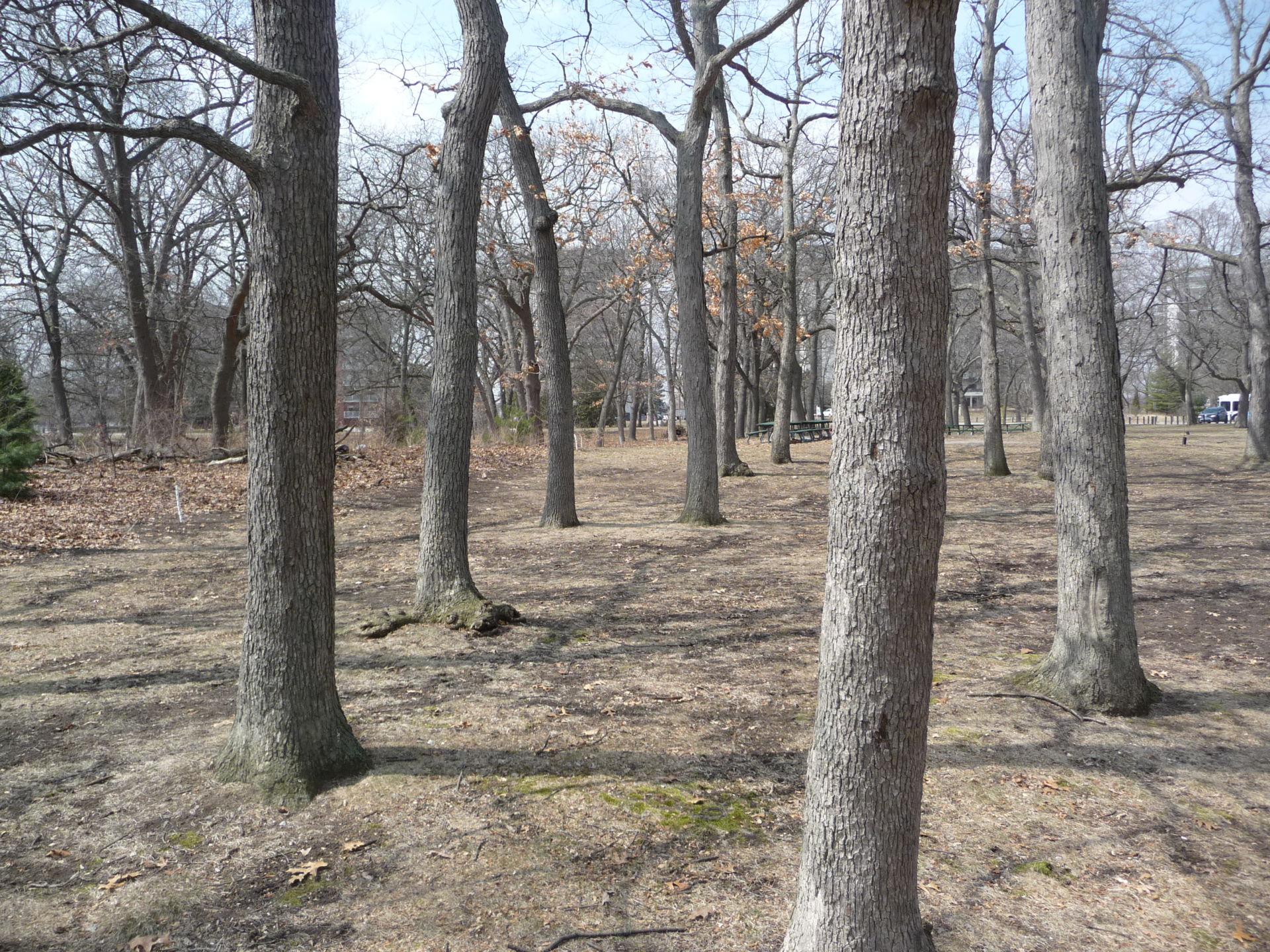Preventing the Spread of Oak Wilt
Garden Clippings for Jan 26, 2019
Last week’s Garden Clippings introduced the topic of Oak Wilt, a fungus that is prevalent in all the Northeastern United States and making its way into Ontario. the bad news is that once the deadly fungus enters an oak tree, it is doomed and will likely die within a year or two.
The primary way Oak Wilt spreads from tree to tree is by root grafts. Roots of adjacent trees grow and become connected to each other, eventually sharing the same water and nutrients.
Another way Oak Wilt spreads is via a little known Nitidulid beetle or bark beetle, that unknowingly carries the fungus from tree to tree. The beetle is only active in spring and early summer and it needs an open fresh entry point to enter a new Oak tree.
Those that own Oak Trees are advised to avoid trimming or cutting Oak trees during the months of April to July. Knowledgeable and contentious homeowners will do the right thing by leaving their pruning tools in the garage during spring and summer. Unfortunately, there will be careless homeowners who will cut limbs off their Oak tree with dire consequences.
Municipalities, Forestry officials and the Canadian Food and Inspection Agency are doing their best to educate the public on the dangers of creating open wounds or cuts on Oak trees from spring to late summer. Unfortunately, the spread of the fungus is inevitable because there will be windstorms that will cause limbs to break and there will be misguided folks who don’t know better. Even a weed whacker can damage the base of a tree thus creating an entry point for the fungus.
If a homeowner mistakenly damages an Oak tree, or if wind has caused tree limbs to break, it is advised to make a clean cut and immediately seal the wound with a tree paint.
The movement of Oak firewood should also be avoided. It is widely suspected that Oak Wilt will cross the border from Michigan into Ontario by way of firewood being carried in the back of a pickup truck on the way home from camping or hunting trip.
Nobody knows the extent of Oak Wilt damage we are likely to see. We do know that damage is inevitable and will begin soon. We also know that Oaks in isolation are safer than those growing in the bush. And we also know that Oaks will not suddenly disappear from Ontario’s landscape.
It would be wise for us to look south of the border to learn as much as we can about Oak Wilt. The first known cases of Oak Wilt were found in the late 1940s, although it is believed that Oak Wilt has been active since the beginning of the century. We know that Oak Wilt has been found in 26 states, including all parts of northeast USA, but we can take comfort in the fact that there are still plenty healthy Oak trees in all States that have been threatened.
Next week we will take a look at the signs and symptoms of Oak Wilt.


